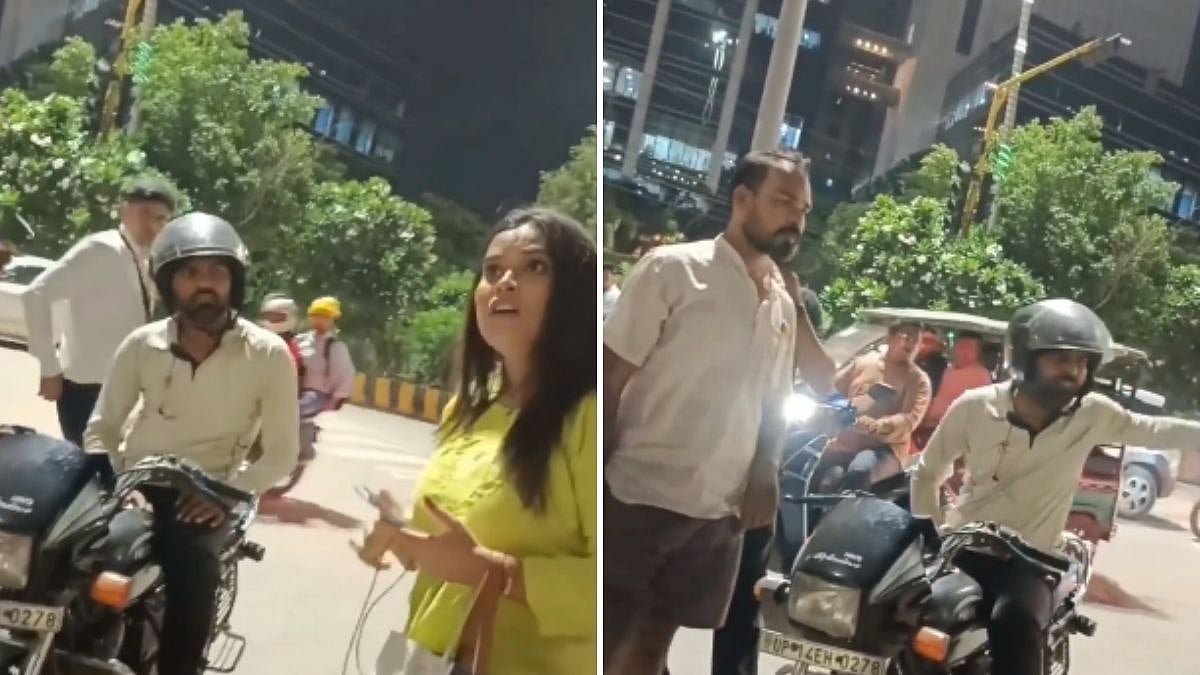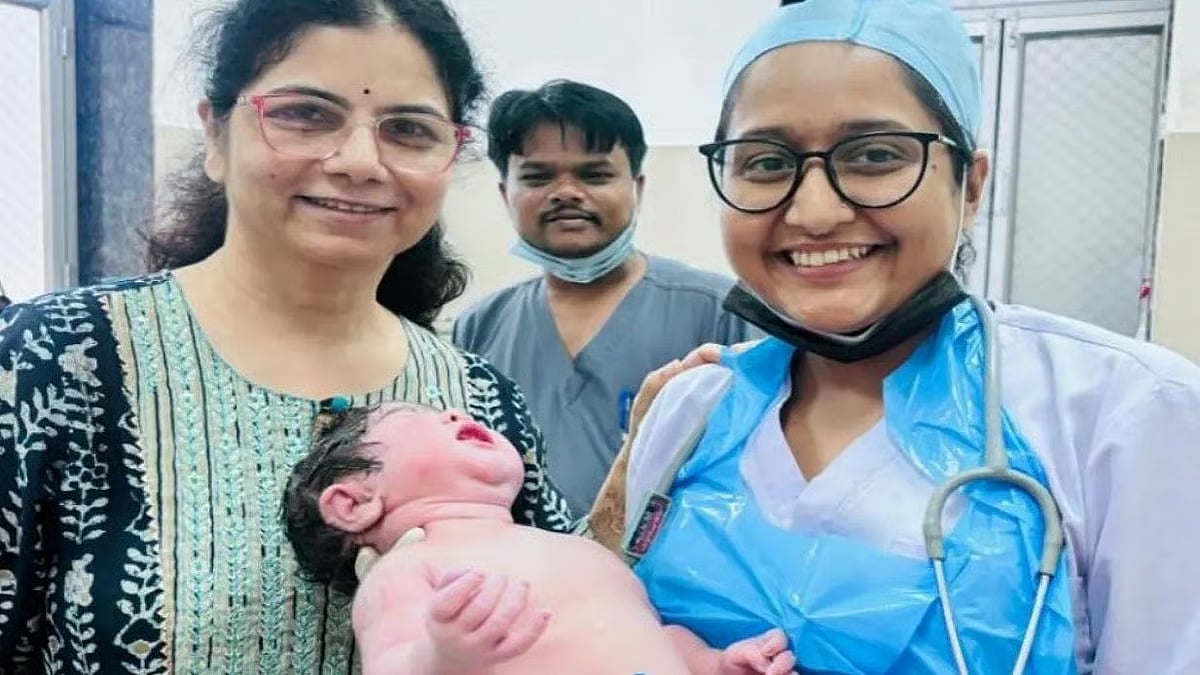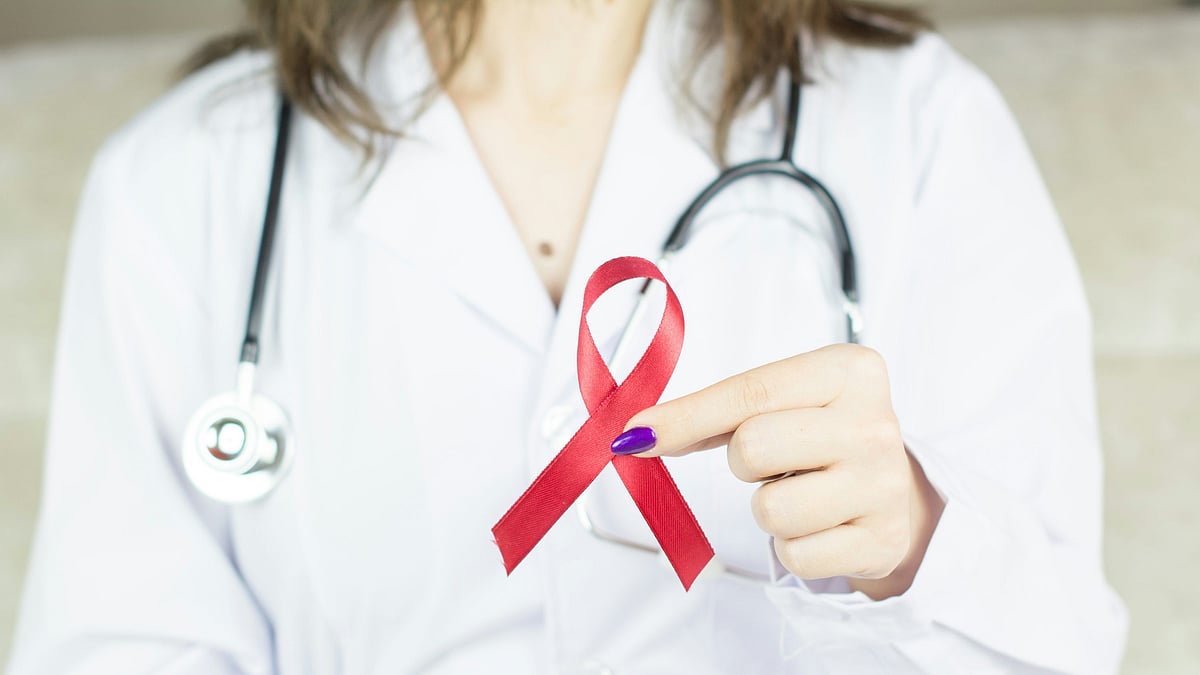The availability of timely and reliable data and the use of epidemiological evidence has not been characteristics of decision-making for Covid-19 pandemic response in India. Unavailability of epidemiological data on various aspects of Covid-19 — age wise distribution of Covid-19 cases, time trend and distribution by states — has given way for misinformation such as the children would be most commonly affected in the third wave in India. This now seems to be impacting the decision to open schools in India.
For months, schools in India were closed with nearly no or very limited attention and public discourse on re-opening. Finally, when the states are reluctantly making decisions to re-open the schools, the process seems to be painfully slow and insufficiently informed by epidemiological evidence.
As an example, global evidence is that primary schools should be the first to be opened; however, nearly all states are doing exactly the opposite — opening higher classes first, the primary classes last. Let’s understand why primary school should be the first to resume in person classes.
The schools for all age groups should be opened, because the risk of SARS CoV-2 infection in the children is similar to the adults; the risk of children developing moderate to severe Covid-19, in comparison to adults, is very low. The scientific reason is that children do not have sufficiently developed ACE-2 receptors, which SARS-CoV-2 needs to enter into lungs and then cause the serious disease.
In addition, the evidence from various studies have found that school opening does not alter or increase the risk of infection in children. The schools are not super-spreading and the benefit of in-person learning in the schools is far greater. That’s why, by the end of July 2021, more than 175 countries had schools open.
In fact, the schools are open in spite of the fact that children younger than 12 years are not receiving Covid-19 vaccines in any country. On the contrary, many in India are arguing that children can be sent to schools only when they complete vaccination. That is not scientifically valid. Global experts have said that vaccination is not a prerequisite to open schools. The vaccines for even 12-17 years are being given only in a few countries and mainly to the high-risk children in this age group, with pre-existing illnesses.
Children are naturally at low risk of Covid-19. The global data on age distribution of moderate to severe illness and mortality follows, ‘J’ — the English alphabet — shaped curve. In this curve, all children in 0-18 years are at far lower risk than the adults. Alongside, at the base of J are 10-year-old children, who are at the lowest risk amongst all age groups.

Thereafter, the risk increases every passing year — in both directions — nine years downwards till one year, as well as 11 year upwards till 100 years. This makes children around the base of J, the six-year to 14 years or the age group in primary and upper primary schools, at the lowest risk of Covid-19. A reason primary school should be the first to open.
In addition to health, there are educational considerations. All children in primary schools need personalised guidance from the teachers. Then, those who are in class 1 or 2 and essentially just entered the schooling system are still learning alphabets and numbers need fast greater personalised guidance. Over and above that, the younger children are allowed limited ‘screen time’ — the time they can spend in front of a mobile or computer screen. While children in senior classes have reading and learning ability, they can do self-study and have more screen time as well.
Disruption in education at an early stage may have a long-term impact. Loss of learning at this stage means that in the subsequent classes, learning would be suboptimal, which can result in many of them lagging in the learning, resulting in the drop out from the education system. Because of this initial poor learning, over the years cumulative learning loss for primary school children would be very high, the return to schools should be prioritised for children in early classes. If not addressed, the learning loss is expected to widen already existing and widespread learning inequities by gender, socio-economic status and geographies, amongst others.
Education has both individual and societal benefits. Individual benefits in terms of better jobs and increased family earning, in the future. Societal benefits are in terms of educated and possibly better skilled workforce, contributing to increased work productivity and economic growth of the nation. The impact of school closure during the pandemic will only be known in the years ahead and if not addressed urgently, will adversely impact India’s effort to pull people out of poverty and to accelerate GDP growth.

Putting both health and education perspective together, the maximum loss in this pandemic is likely to be of those who have the least risk — all children and more so of children in the primary schools. India has missed many opportunities to use data, science and epidemiological evidence for Covid-19 related policy decision making.
India has another opportunity to use data and epidemiological evidence for decision making on school opening. Let’s open primary schools first and re-start the holistic learning of our children.
(The writer is a medical doctor and epidemiologist. He and India’s leading vaccines, public policy and health systems expert. He is the co-author of ‘Till We Win: India’s Fight Against The COVID-19 Pandemic’. He would be happy to answer questions from readers at: c.lahariya@gmail.com or +91-98111-35381.)












